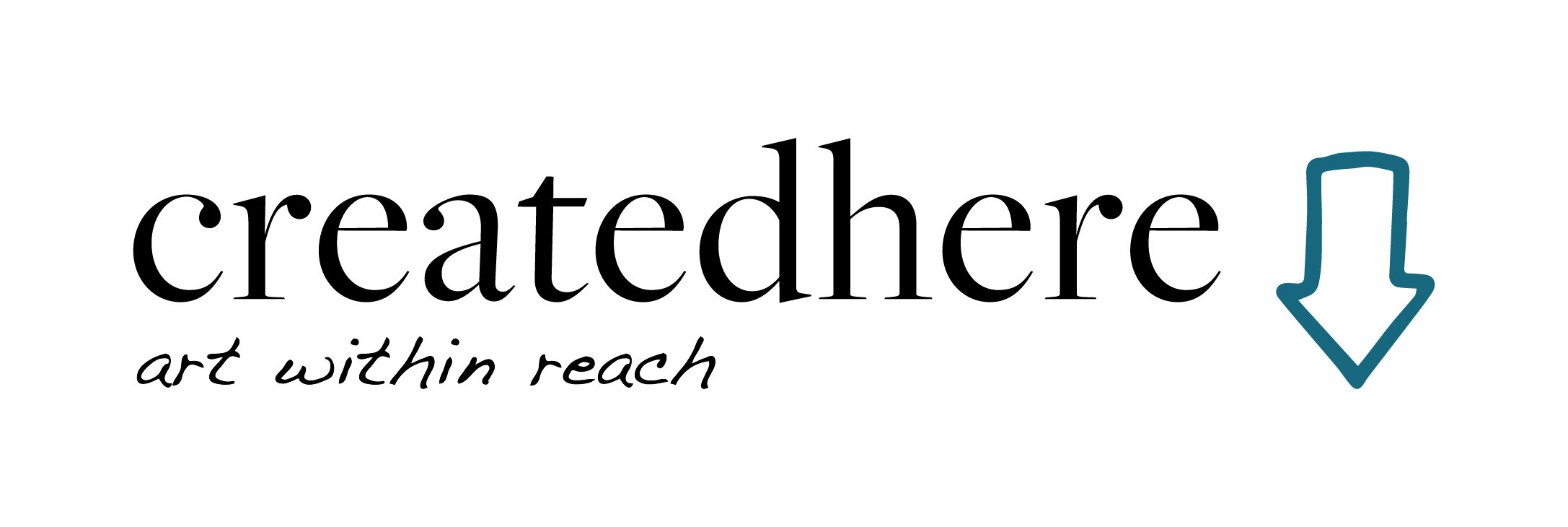From the archives: Studio visit with aboriginal artist Tara Francis

I met Tara Francis through my friend Fabiola Martinez when I agreed to write an article about their show “Scarlet Thorns and Metamorphosis” at the Saint John Arts Centre in March. I was able to visit her in her studio in Fredericton, which apparently was a small miracle since she only comes up from her home town of Elsipogtog to work in Fredericton for chunks of time now and then. I just happened to be in town just as she was arriving to spend a couple weeks working on her pieces for the show. We had a lovely chat and she told me all about quillwork and the why behind her work. Her quillwork is stunningly precise and intricate, evidence of hundreds of hours of work. For Tara it is truly a labour of love, bringing to life pieces laden with spiritual meaning and symbolism to tell the stories of her people.
Passing on aboriginal traditions is a big part of why Tara does what she does. “I am very aware that as aboriginal artists we have a responsibility to pass on our traditions and keep expressing them in a new way. We are not a dead people who exist behind glass in a museum.” It is important to her to use the ancient traditions in a modern way to create new works that express the aboriginal culture of today.
Her studio is in a shared space with two other artists, where she can keep all her art paraphernalia out and ready to use. Tara works primarily with porcupine quillwork and silk dyeing, but she also paints and does sculptural work. She learned her crafts at the New Brunswick College of Craft and Design, where she completed the Native Arts program as well as several more years of advanced study. Now she teaches workshops as well as works on her own projects in her studio. For Tara, the rhythm of her creative energy is very much linked to the seasonal cycle of the year. In winter, she tends to stay home and cocoon herself away, whereas the spring and summer draw her out to create and interact with the community. Acknowledging this rhythm has been important for her. “I need to be true to my artistic self, to know when I can be creative and when I can’t”.
You can tell Tara’s heart beats to create. Every project is an expression of herself, her culture and her spiritual connection to the world around her. She talks about her turtle like he’s a member of her family. “When the idea came to me, I had to put everything else aside and make this turtle. He is my baby, my pièce de resistance.” She sees her art as more than just sharing a creation, but that of sharing love and healing through the giving of the work. Watch for what she does next. If you’re lucky, maybe even take a quillwork workshop!
Here is Tara’s description of making a piece of quillwork:
*Disclaimer - do not try this at home! Take a workshop with Tara instead.*
The process begins with the gathering of the natural materials; the best time to pick birch bark is in May, when the sap is running, and the bark releases from the tree easier. It is best to keep the bark pressed in a book otherwise it will curl. If this happens the bark must be soaked in boiling water and then pressed. Also spring is a good time to keep your eye out for "road kill" porcupines. Quills must be plucked with bare hands, to keep the quill in pristine condition for the dying and quill insertion process. Quills can then be washed, with an anti-bacterial dish soap and then dried. The quills should now be sorted and extra hair removed, in preparation for dyeing.
Two pieces of birch bark must be glued together, with their lines running perpendicular to each other in order for the quill process to be successful. A basic white glue works well, applied with a paint brush to achieve a see through thin layer. Glued pieces should be placed in a heavy book to dry.
Then the quills must be soaked in very hot water to become pliable. Using a hat pin, punch holes in the birch bark and insert the quill, gently pulling it through to the other side with tweezers. Once the design is complete, the ends are cut and burned, and the piece can be finished with birch bark or leather backing sewn on with sweet grass.
Find out more about Tara below:
